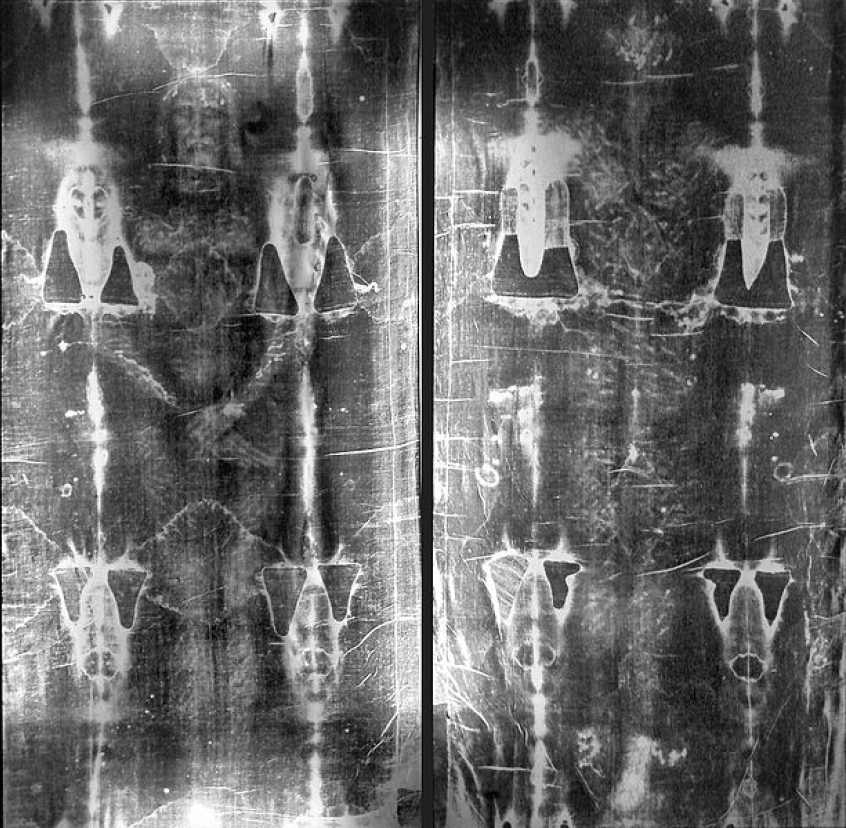
A team of Italian scientists have created a 3D representation of the man on the Shroud of Turin in an effort to produce what they believe to be an accurate replica of the body of Jesus Christ.
Scientists from the University and Hospital of Padua analyzed the Shroud of Turin to generate a plaster reconstruction of the image of the man imprinted on the linen cloth believed by some to be the burial cloth of Jesus.
Professor Giulio Fanti, who led the team of researchers, said the reconstruction was an accurate likeness of Jesus while he was still on Earth.
'Our model is a three-dimensional representation of the actual dimensions of the Turin man, based on our accurate measurements of the traces left on the fabric in which the body of Christ was wrapped after crucifixion,' Fanti said, as reported by The Express.
'I am convinced we finally have a real image of what Jesus looked like on Earth. I think from now on it will be hard to depict him without referring to our work,' he added.
Fanti said the Turin man was taller than his average contemporaries. 'You could say, he had quite a regal, majestic presence,' he said.
The study indicated that the man wrapped in the shroud had as many as 370 cuts on the front and back of his body, but researchers said there could be more.
Different research on the shroud has suggested that the man wrapped in the sheet was moving when the image was captured.
The findings of the research were presented in a video recently released by the International Institute for Advanced Studies of Space Representation Sciences.
Rod Dreher at the American Conservative believes that the captured image could possibly be the first few seconds of Christ's Resurrection.
'If the image is in fact a glimpse of the moment of Christ's Resurrection, then it is more like a kind of video of the first seconds of the Resurrection, depicting an oscillating movement of Christ,' he said, as reported by World Net Daily.
A study conducted by a team of scientists from the Institute of Crystallography indicated that the stains on the shroud were from blood that belonged to a person who had suffered from severe injuries. Elvio Carlino, who took part in the study, said the findings showed that the shroud was 'certainly the funeral fabric that wrapped a tortured man,' World Net Daily reported.













